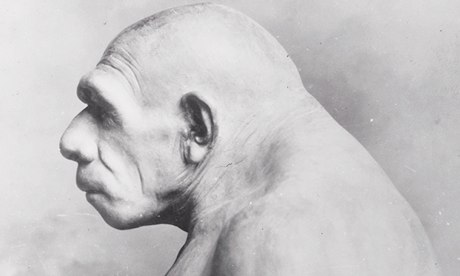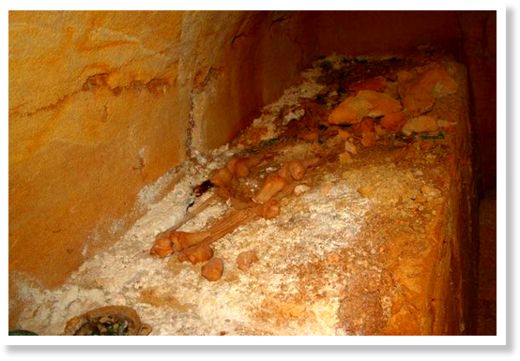OF THE
TIMES
"A special commission, created by the US Congress in 1988, came to the conclusion that during the Holodomor period 25 per cent of the Ukrainian population - millions of people - were intentionally annihilated by the Soviet government through genocide, and did not just die as a result of famine."These news lines make headlines. They are repeated by the press before making their way on to TV and into legal structures. In this way they are forced on millions of people around the world.
"On October 20, 2003 the House of Representative of the US Congress accepted a resolution on the 1932-33 Holodomor in Ukraine, stating that this was an act of terror and mass murder, aimed at the Ukrainian people."
"In November 2005 the House of Representatives of the US Congress accepted a resolution which allowed the Ukrainian authorities to build a monument commemorating Holodomor victims and recognised it."
"This year (2008) the US Congress may consider a new resolution on the 1932-33 Holodomor in Ukraine"


